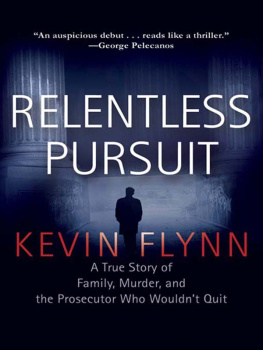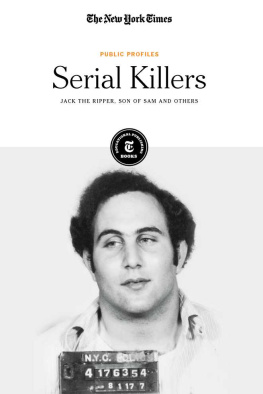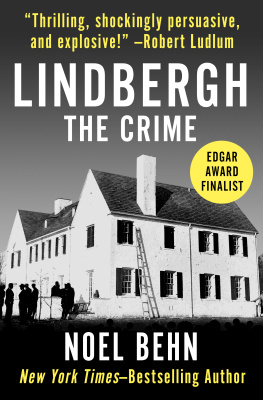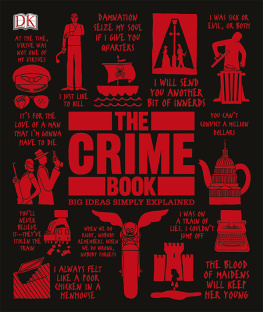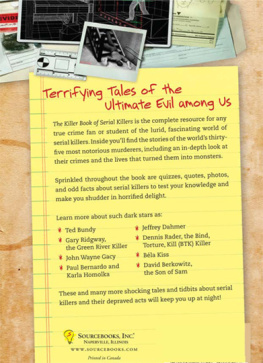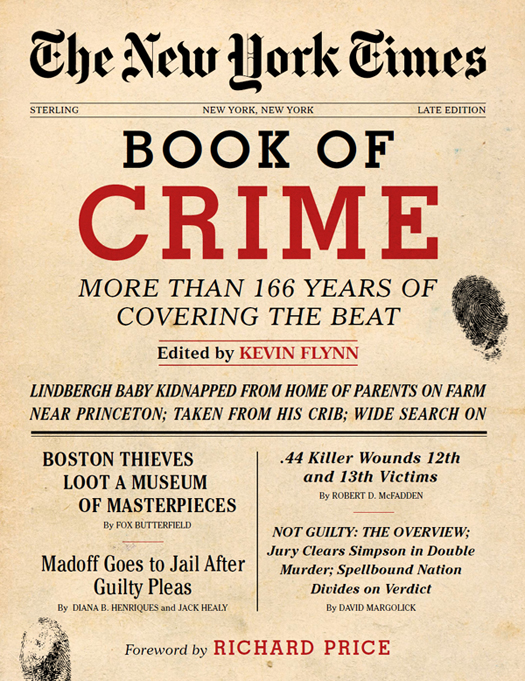Kevin Flynn - The New York Times Book of Crime: More Than 166 Years of Covering the Beat
Here you can read online Kevin Flynn - The New York Times Book of Crime: More Than 166 Years of Covering the Beat full text of the book (entire story) in english for free. Download pdf and epub, get meaning, cover and reviews about this ebook. year: 2017, publisher: Sterling, genre: Detective and thriller. Description of the work, (preface) as well as reviews are available. Best literature library LitArk.com created for fans of good reading and offers a wide selection of genres:
Romance novel
Science fiction
Adventure
Detective
Science
History
Home and family
Prose
Art
Politics
Computer
Non-fiction
Religion
Business
Children
Humor
Choose a favorite category and find really read worthwhile books. Enjoy immersion in the world of imagination, feel the emotions of the characters or learn something new for yourself, make an fascinating discovery.

- Book:The New York Times Book of Crime: More Than 166 Years of Covering the Beat
- Author:
- Publisher:Sterling
- Genre:
- Year:2017
- Rating:4 / 5
- Favourites:Add to favourites
- Your mark:
The New York Times Book of Crime: More Than 166 Years of Covering the Beat: summary, description and annotation
We offer to read an annotation, description, summary or preface (depends on what the author of the book "The New York Times Book of Crime: More Than 166 Years of Covering the Beat" wrote himself). If you haven't found the necessary information about the book — write in the comments, we will try to find it.
For 166 years, TheNew York Times has been a rich source of information about crime, its reporters racing alongside tabloids to track the shocking incidents that disrupt daily life. This fascinating compilation, edited by seasoned Times crime-beat veteran Kevin Flynn, captures the full sweep of the newspapers coverage of the subjectfrom the assassinations of icons like Lincoln, John F. Kennedy, and Malcolm X to the deadly trails left behind by serial killers like H. H. Holmes (Americas first recognized serial killer), the Son of Sam, and Jeffrey Dahmer. This comprehensive review examines issues like incarceration, organized crime, and vicefrom the Attica riot to the powerful Medellin Cartelas well as the infamous crimes that riveted the world. The kidnappings of Jaycee Dugard and the Lindbergh baby. The Manson murders. The robberies that exasperated law enforcement, from bank heists by Dillinger to the enduring mystery of the greatest art heist in American history at Bostons Isabella Stewart Gardner Museum. White-collar crimes from Ponzi to Madoff. Crimes of passion, such as Harry Thaws dramatic shooting of Stanford White, his rival for the charms of the beautiful Evelyn Nesbit. Chapters are organized by topic and include explanatory material by Flynn to provide context. The book features more than 70 photographs as well as reproductions of front-page stories. Although the focus is on the US, important international stories are included.Foreword by Richard Price
Kevin Flynn: author's other books
Who wrote The New York Times Book of Crime: More Than 166 Years of Covering the Beat? Find out the surname, the name of the author of the book and a list of all author's works by series.

